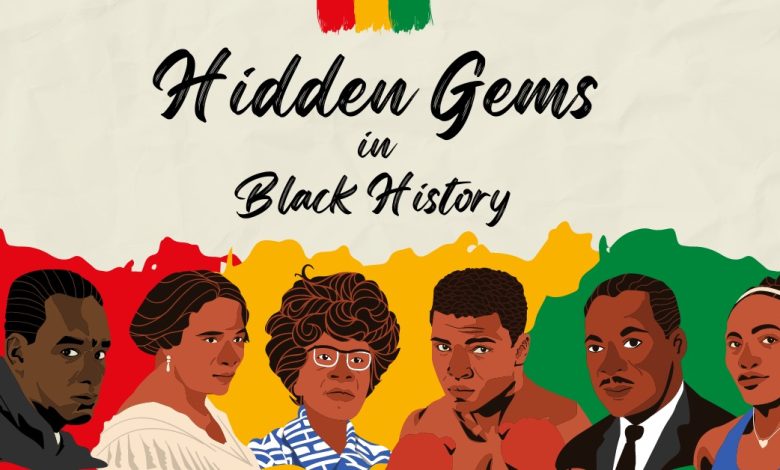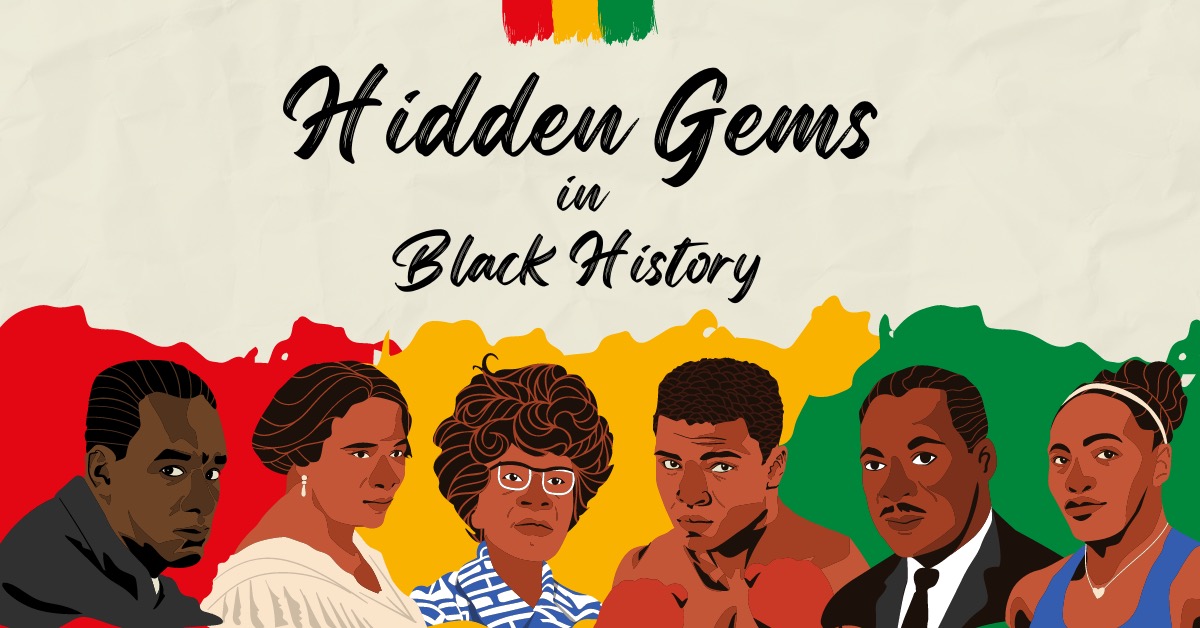Hidden Gems in Black History: Ancient African Contributions To Astronomy – BlackDoctor.org


A great deal of our modern knowledge of the universe may be traced back to the astronomical discoveries and advancements achieved by ancient African civilizations. Many of them are cornerstones upon which our modern civilization rests, and the discovery process of some of these is incomprehensible because of how far ahead of its time it was.
These accomplishments show that sophisticated societies in sub-Saharan Africa existed long before ancient Egypt. Recognizing the brilliance of these early African civilizations in influencing our view of the cosmos is crucial, yet much of this history is still underappreciated.
Egyptians
The ancient Egyptians kept exact records of the sun’s, constellations’, and moon’s planetary movements. They created a calendar system with twelve months and thirty-five days. They also used sundial-like clocks and clocks that ran on running water.
African Stonehenge
An ancient monument called the African Stonehenge was built in what is now Kenya in 300 B.C. In addition to displaying sophisticated astronomical information, this extraordinary site also functioned as an accurate calendar. Located on the western side of Lake Turkana in Kenya, about 50 meters off the Lodwar-Kalokol road, is the outstanding ancient site of Namoratunga, also called Namoratunga II or the Kalokol Pillar site. Around Namoratunga’s 19 pillars are more than 20,000 stones. These pillars are made of magnetic basalt. For a while, experts have debated whether Namoratunga may be an archaeological site similar to Stonehenge in Europe. The mysterious structure is so mysterious that it has been called the “African Stonehenge.”.
Dogons Of Mali
The Dogon people of Mali used the moon’s phases as a basis for their calendar. Their intricate knowledge of astronomical patterns was reflected in their cultural astronomy, which included mathematical components. Although the Dogon society is deeply rooted in ceremonial history based on several cosmic occurrences, some contemporary historians attribute their sophisticated findings to extraterrestrials or unidentified European explorers. The Dogon were well-versed in astronomical concepts, including planetary orbits, planetary rings, moons of Jupiter, the Milky Way’s spiral structure, and the Sirius star system. Using this approach, scientists precisely predicted orbits up to 1990, hundreds of years ago. They were aware that this system had a main star and a companion star, which is now known as Sirius B, that were very dense and could not be seen with the human eye.
Nabta Playa
Nabta Playa, a tiny megalithic site in the Sahara, is further evidence of the ancient Africans’ mastery of the stars. Nabta Playa, the world’s oldest stone circle, is located 700 miles south of Egypt’s Great Pyramid of Giza. Constructed almost seven thousand years ago, it may be the oldest astronomical observatory on the planet. This historic location is thousands of years older than Stonehenge and the Great Pyramids of Giza. This site proves their superior expertise, even if the particular method of finding is still a mystery.
This is a part of our new series – “Hidden Gems in Black History,” where we highlight uncommon facts throughout Black history. Join us every day during Black History Month for interesting facts about Black people and places you likely haven’t heard before!




